Wizards in 5th edition have a massive spell list. Unfortunately, they also only cast the spells that they know out of that list. They do learn new spells at every level, but the rest have to be found and transcribed or learned from another arcane spell caster.
This list should help narrow down the best spells to take to ensure you have what you need.
Contents
- Best Wizard Spells 5e
- 20. Wish
- 19. Dispel Magic
- 18. Mage Armor
- 17. Find Familiar
- 16. Invisibility
- 15. Magic Missile
- 14. Fly
- 13. Counterspell
- 12. Fireball
- 11. Haste
- 10. Polymorph
- 9. Dominate Monster
- 8. Create Undead
- 7. Identify
- 6. Detect Magic
- 5. Mordenkainen’s Magnificent Mansion
- 4. Wall of Force
- 3. Bigbys Hand
- 2. Chromatic Orb
- 1. Shield
- Final Thoughts
Best Wizard Spells 5e
20. Wish
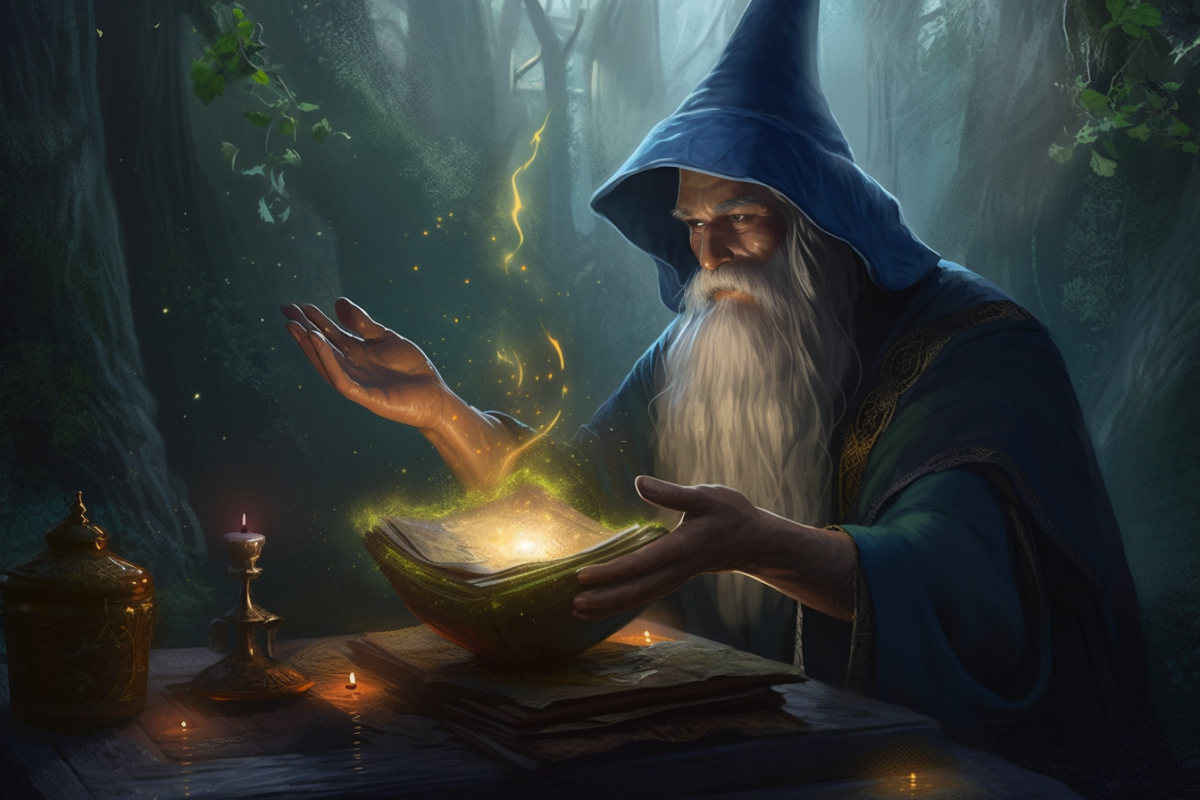
The level 9 conjuration spell Wish has to make the list. It has the ability to duplicate any 8th level spell or lower. It can also be used to create an undetermined effect at the cast by the caster. It literally lets the caster “wish” for something to happen.
The downside is that it appears at almost end game levels and is usually tied to less than desirable consequences. In fact, when used to make a “wish,” there is a possibility that the spell is gone forever.
19. Dispel Magic
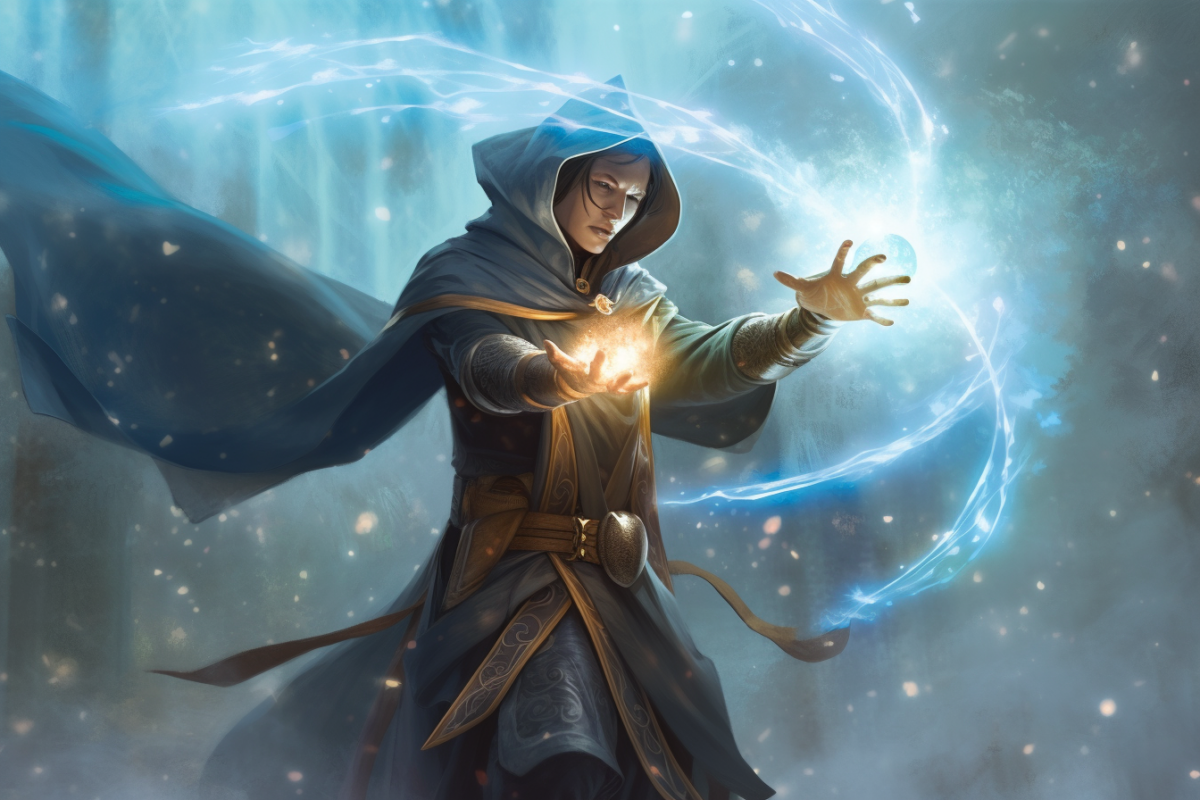
Dispel Magic is a commonly chosen spell among caster classes. It is a level 3 abjuration spell. The spell allows the caster to remove a magical effect on a creature or target within range. This has numerous practical applications in any setting.
Dispel Magic is a contested magic spell. The effect is automatically removed if the effect was cast at 3rd level or lower. Anything higher than 3rd level forces a contested roll of 10+ the spells level as the DC. It is possible to cast the spell, get no effect, and lose the spell slot.
18. Mage Armor
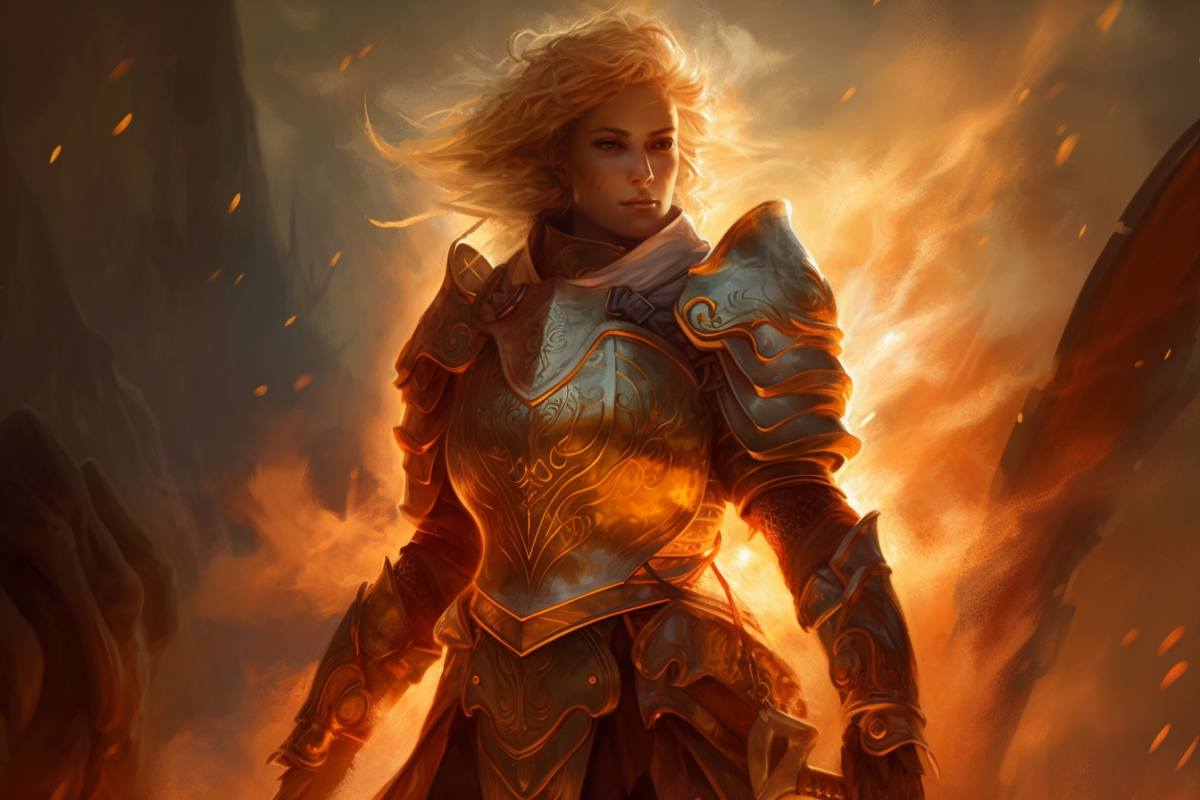
The 1st level abjuration spell, Mage Armor, is a must-have for Wizards, especially at lower levels. Mages have incredibly low hit points, and unless a feat is taken, no armor proficiency. This makes them easy pickings for weak enemies like goblins and kobolds.
The spell changes the base armor class from 10 to 13 plus dexterity. Those extra 3 points of AC can really make a difference early on in the game. It does become less important as the character increases in levels, though.
17. Find Familiar

If a wizard wants to have a familiar, then Find Familiar is a must-have. The 1st level conjuration spell allows the caster to summon and change the form of their magical companion. It is cast as a ritual that takes 1 hour to complete.
It is lower on the list because it really comes down to flavor and usefulness. The familiar itself is useful, but if you are playing a wizard who doesn’t have a magical pet, the spell is useless.
16. Invisibility
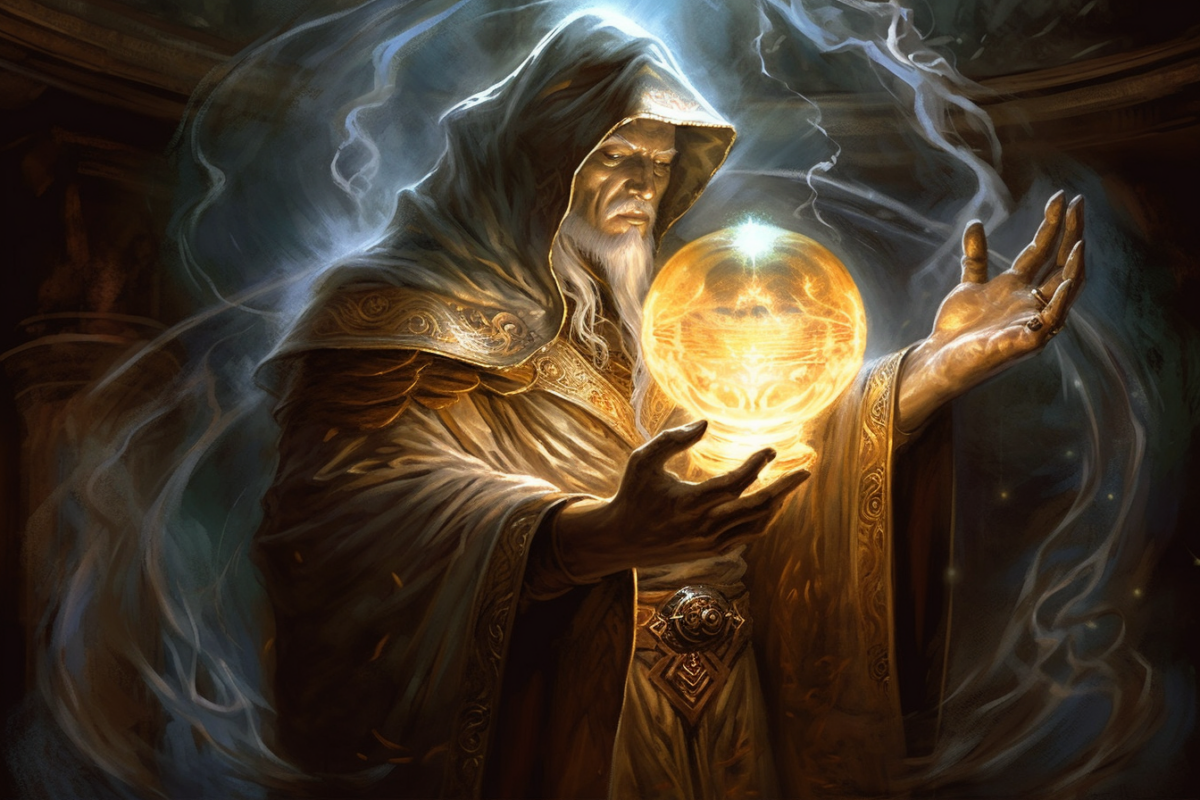
A 2nd level illusion spell, Invisibility is a classic. It provides the opportunity for the caster or a target and everything they are wearing to become invisible. The spell is not as effective as Greater Invisibility as it drops when the subject attacks or casts a spell.
Invisibility is, however, incredibly useful at the level it is available. 5e has kind of nerfed the benefits of being invisible, but most of the objectives required by 2nd level characters are more easily accomplished with this spell. It can also be cast at higher levels to accommodate more targets.
15. Magic Missile
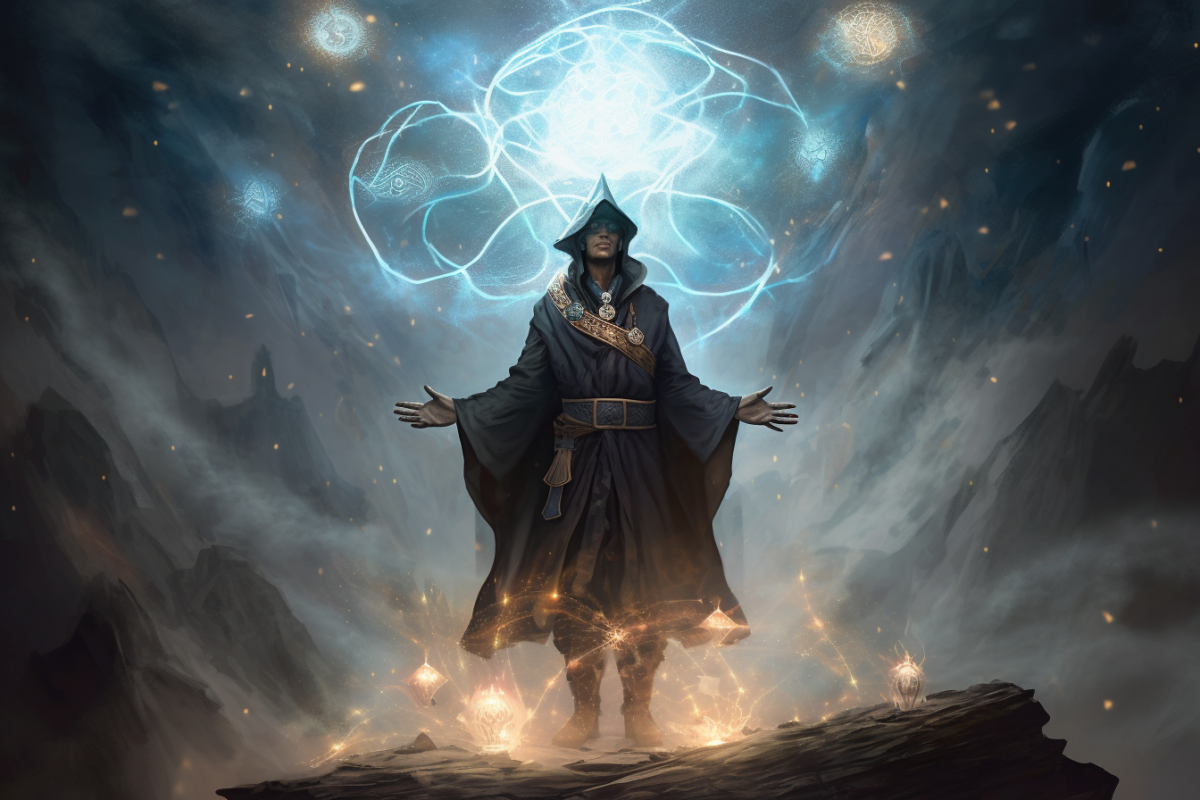
Magic Missile is an all-time classic spell. It is available at 1st level and is in the evocation school. The Force damage-dealing darts have a range of 120 feet and can be split to hit multiple targets. The 1d4+1 damage per dart isn’t much, but it auto hits, and force damage is one of the least resisted in the game.
It would be higher on the list but gets overshadowed later on by other spells in most instances. If you are playing a wizard, the rest of your party expects you to have Magic Missile.
14. Fly
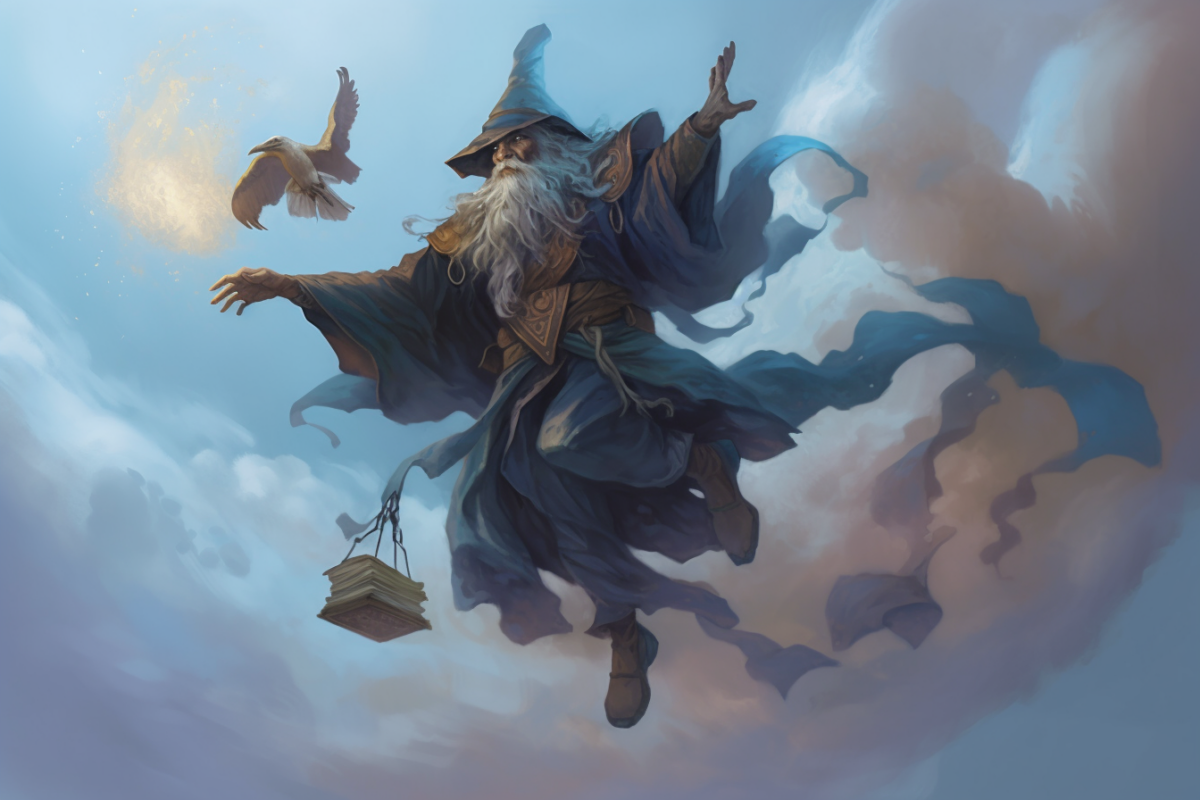
This 3rd level transmutation spell grants a creature a fly speed of 60 through touch. Fly is a great spell for Wizards to take since the low hit points make them sitting ducks.
Being able to put some distance between yourself and the enemies is always a good idea. Being able to help your armor-clad tank get into the fight with flying creatures is always a good idea too.
13. Counterspell
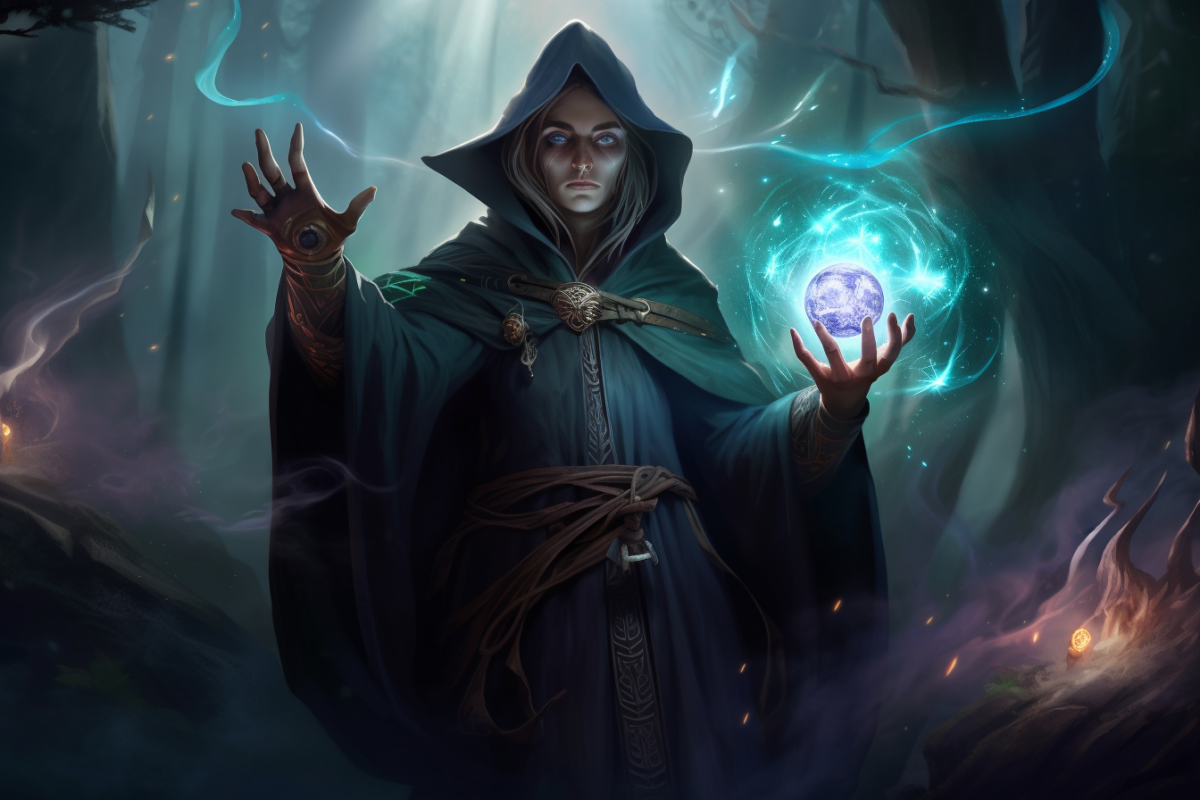
Counterspell is a 3rd level abjuration spell that allows the caster to “counter” a spell they see being cast with a reaction. This spell has saved more than one party out there.
The downside is the contested roll aspect of Counterspell. If Counterspell is used at base level, it counters any spell cast at level 3 or lower. Any spell higher than a level 3 requires a contested check against a DC of 10+ the spell’s level.
12. Fireball
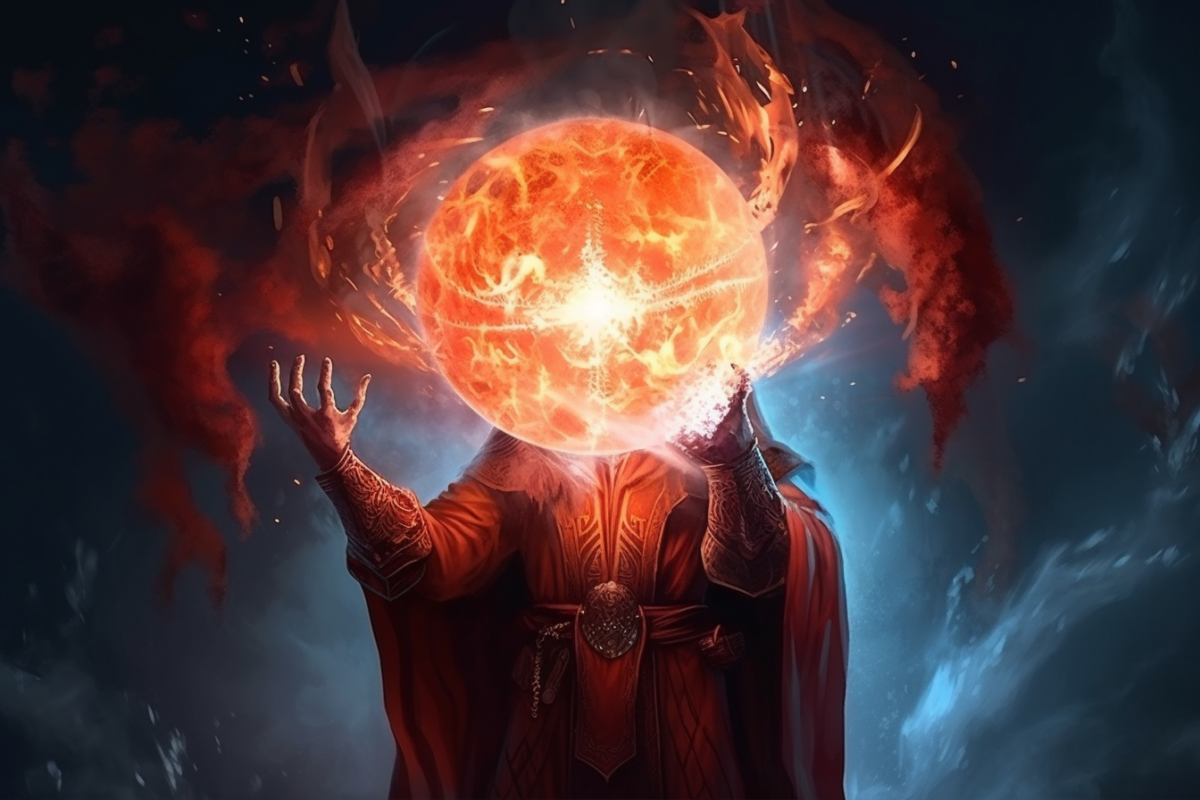
The massive damage at relatively low level of availability puts Fireball on the list. Not to mention the spell is a classic that has remained strong and relatively unchanged over the years. It has been said that Fireball can solve every problem in the game.
The pro and con of the spell is the radius of the blast. The spell deals damage to everything in a 40-foot diameter, including allies, and instantly sets loose objects ablaze. The 3rd level evocation spell is worth the risk.
11. Haste
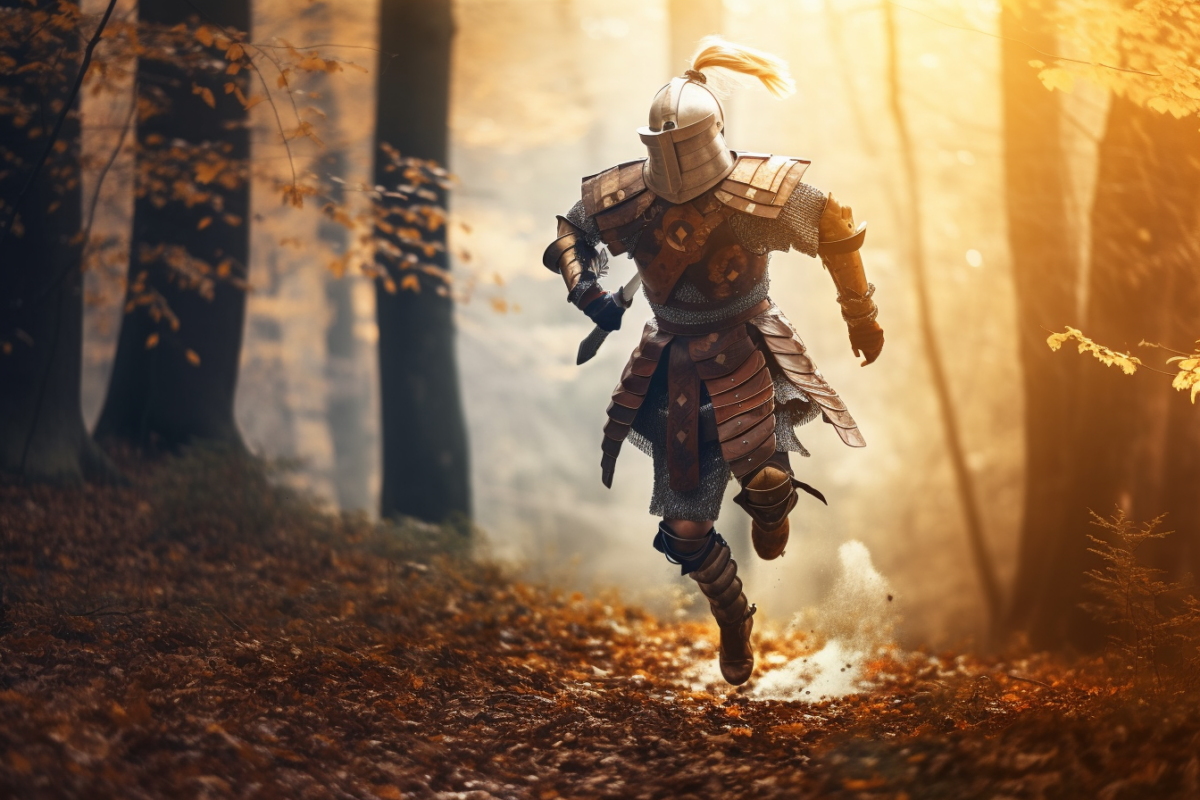
Another 3rd level transmutation spell to strongly consider is Haste. The spell grants a +2 to armor class along with advantage on Dexterity, saving throws, and doubling their speed. The target of the spell can also make one additional attack, dash, disengage, hide, or use an object.
The downside of this spell is that the target cannot move or take actions for the turn when it ends. The spell last for a minute with concentration and counts as ended if concentration is lost.
10. Polymorph
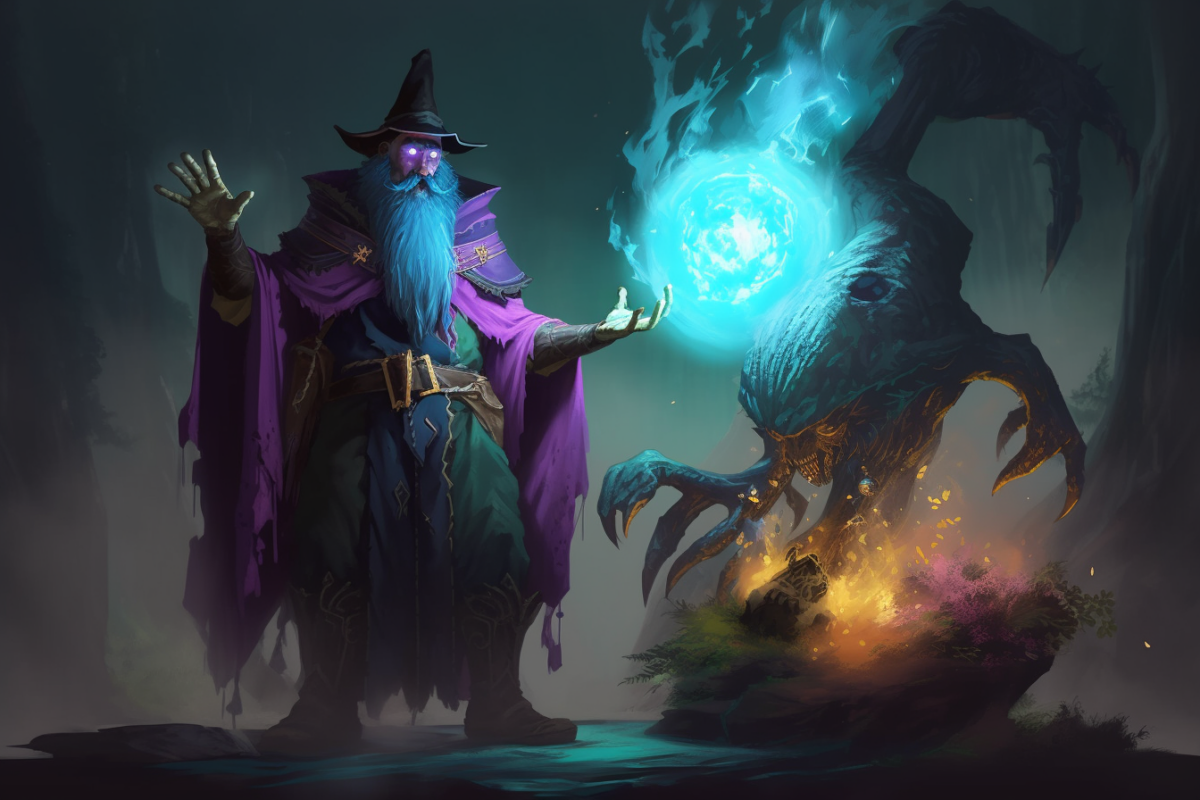
Polymorph is a 4th level transmutation spell that allows the caster to transform their target into a beast of equal level or lower. It makes the list specifically but could be replaced with Mass Polymorph or True Polymorph, but those come much later in-game.
Any of these spells have the ability to render the enemies entirely useless for 1-hour duration as long as concentration is maintained. This gives the group ample time to regroup and ready themselves.
Keep in mind that with Polymorph, the target will turn back after the hour or if the target takes enough damage in the new form. The options for new forms only include beasts, so choose wisely.
9. Dominate Monster
The 8th level enchantment spell Dominate Monster might be the best “tide turning” spell out there. The spell allows the caster to charm any creature they can see with a failed wisdom save.
You form a telepathic link with the creature through which you can issue commands as a free action. It should be a simple direct command such as “attack that creature,” which it will do its best to obey.
You can also use your action to make deliberate commands to the creature. This effectively gives you total control. It will only take actions that you allow. You can use the creature’s reaction, but this requires the use of your reaction as well. Each time the creature takes damage, it can repeat the save against the spell.
8. Create Undead
The 6th level necromancy spell Create Undead can only be cast at night. It allows the caster to create 3 ghouls from humanoid corpses.
As a bonus action, the caster can command these created ghouls to perform tasks and actions. The ghouls will perform the task until completion or until the duration of the spell is met.
The spell lasts for 24 hours. After the time is up, the caster loses control of the created ghouls unless the spell is cast again. Undead created this way provide an instant pool of extra damage soaking party members. They can even keep foes at bay from the caster.
7. Identify
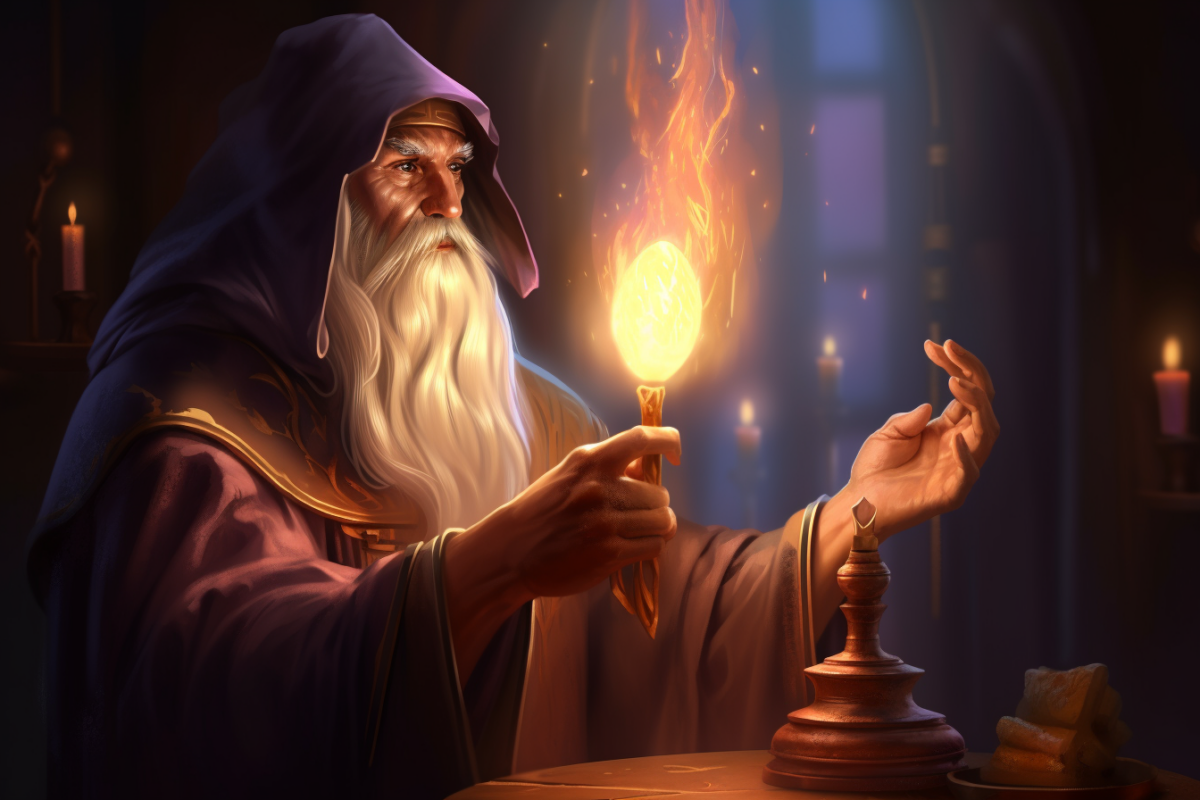
Identify is a must-have spell for any Wizard. It pops up on a few other spell lists, but most groups expect this to be a feature of their main spell caster. This spell is 1st level divination and will more than likely be used throughout the entire game. It can be cast as a ritual or instantly using a spell slot.
Identify allows the caster to learn special properties of an object. This includes, if it requires attunement, any magical properties it has and how to activate them, how many charges it has, if any, as well as spells affecting the item and which spells were used to create it.
Identify can also be used on creatures to reveal any spells that may currently be affecting it.
6. Detect Magic
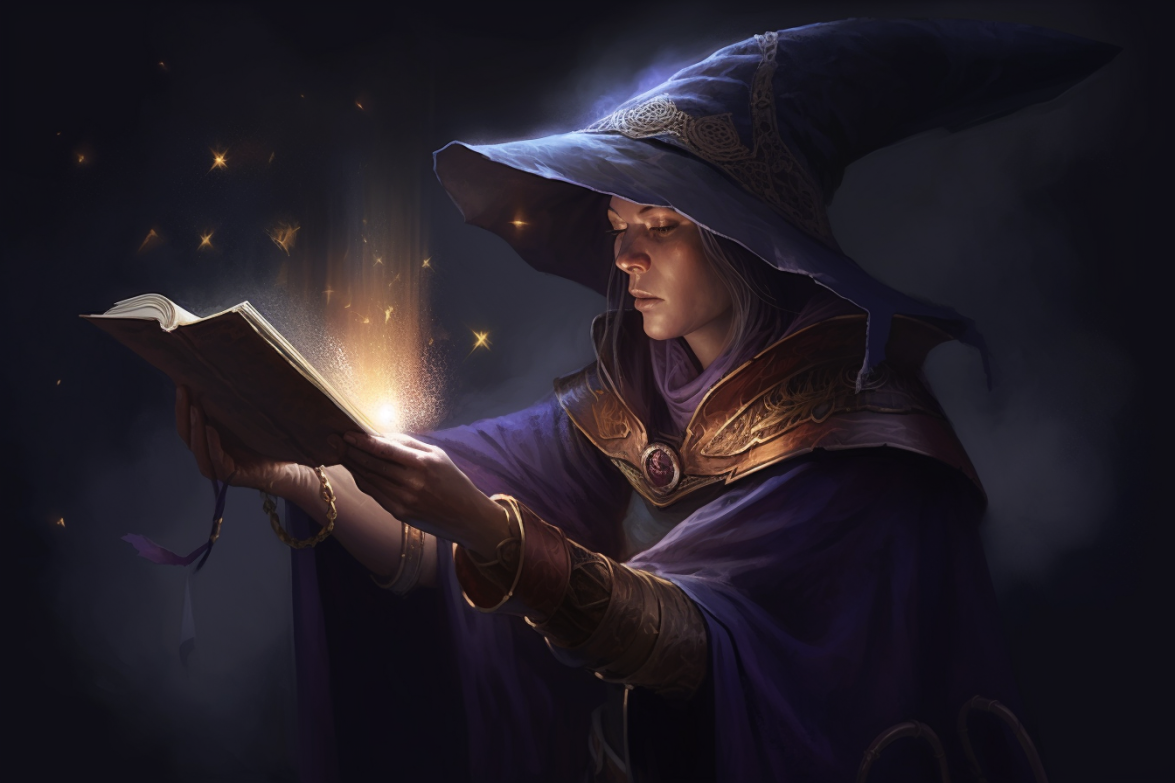
The 1st level divination spell is similar to Identify. It shows up on a lot of spell lists for other classes but is generally assumed to be a Wizards spell. Again, a spell that is available at level 1 will be used throughout the campaign’s duration.
When cast, any magic item within 30 feet provides an aura. From that aura, you can determine the type of Magic used to create the item. Detect Magic doesn’t work through walls that consist of 1 foot of stone, 3 feet of dirt or wood, 1 inch of metal, or a thin sheet of lead.
5. Mordenkainen’s Magnificent Mansion
This 7th level conjuration spell is just plain awesome. The last thing the party wants to deal with are nighttime ambushes and keeping watch at higher levels. Mordenkainen’s Magnificent Mansion provides an interdimensional dwelling that keeps the party safely tucked away for a good long rest.
It features a massive, almost unlimited floor plan, invisible servants, and food for a 9-course 100-person banquet. The caster has full creative control and decides who gets in and who doesn’t. When the portal is closed, it is invisible.
4. Wall of Force

Wall of Force is the ultimate crowd control spell or the best way to make a quick, safe escape. The 5th level evocation spell allows the caster to create an impenetrable barrier that is immune to all damage. It can be destroyed instantly by the Disintegrate spell, though.
It does not allow any physical objects to pass through it and extends into the Ethereal Plane, blocking that travel. It can be a flat shape with 10×10 panels or a dome.
3. Bigbys Hand
This 5th level evocation spell gets a high rating on the list because of the flexibility of the effect. Bigby’s Hand allows the caster to create a shimmering force hand. It has an AC of 20 and hit points equal to the caster’s maximum. It moves as a bonus action on the casters turns up to 60 feet and can perform one of several actions.
The Hand can attack for 4d8 damage, push a creature 5 feet, grapple a creature, and cause 2d6+ability mod in damage, or provide the caster with half cover. Even a creature that makes a strong save to move past the Hand still counts it as difficult terrain.
2. Chromatic Orb
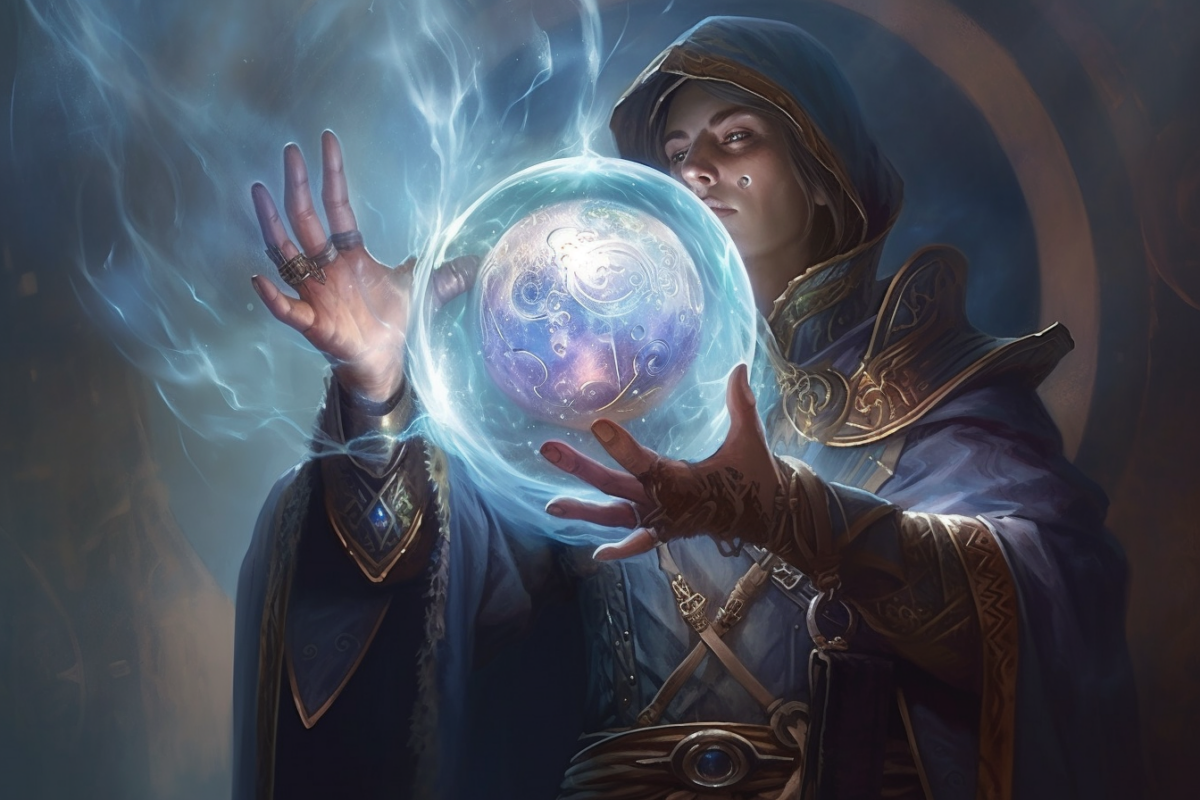
Chromatic Orb is a level 1 evocation spell that will be relevant for the entire campaign. The caster creates an orb and throws it at a target. The Orb deals 3d8 damage at base level and scales up with higher-level casts.
The real kicker, and why every Wizard should take this spell, is the variable damage. When the spell is cast, the caster can choose the damage type. Choices that are available consist of acid, cold, lightning, fire, poison, and thunder.
This ensures that you will have something that deals full, if not extra, damage no matter what type of creature you encounter.
If there was a downside, it might be the ranged spell attack as they can be low at early levels, but it is far from a reason to not have this spell.
1. Shield
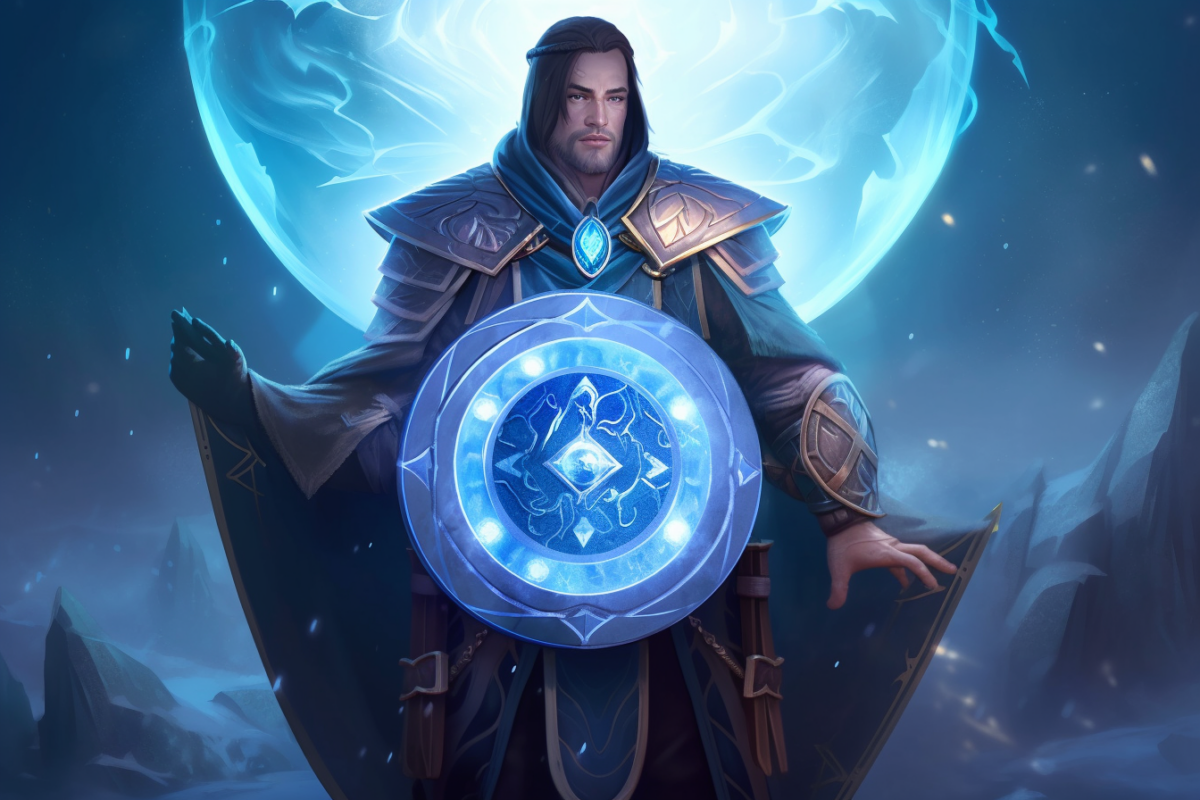
The most important spell for a Wizard is not flashy by any means but is absolutely the most useful. The 1st level abjuration spell Shield is almost mandatory for any Wizard.
The spell grants a +5 to armor class when cast as a reaction to taking a hit. Numerous times it has been pointed out that Wizards have low hit points and lack Armor proficiencies. Shield stacks with all bonuses to AC.
The +5 AC lasts for the round as well, not just that one attack. This spell is critical for Wizards who wish to survive the lowest levels of the game and want to avoid the one-shot kill from enemies later.
Final Thoughts
Everyone has their own personal “must-have” wizard spells. Each spell is as useful as the circumstance the character finds themselves in.
Any spell that is useful from session 0 through defeating the BBEG is a must-have. It doesn’t matter if it is a common choice or it’s just cool. Pick your spells based on your character.
Sometimes the Wizard is the last line between a narrow escape and a TPK.
You might also be interested in the following:

![Top 20 Best Wizard Spells in D&D 5e [Ranked]](https://tabletopden.com/wp-content/uploads/2021/05/Best-Wizard-Spells-in-DD-5e-728x410.jpg)
The 15 Best Magic Items For Wizards in D&D 5e [Ranked]
Monday 21st of October 2024
[…] this book lets you use it as a spellcasting focus for your Wizard spells, gaining a bonus to saving throw DCs and spell attack rolls of your Wizard spells. Your bonus is […]
Top Best 20 Druid Spells in D&D 5e [Ranked]
Tuesday 7th of November 2023
[…] Best Wizard Spells 5e […]
Inflict Wounds 5e D&D Guide [2023]
Tuesday 8th of August 2023
[…] Inflict Wounds is part of the Necromancy School of magic, it is not listed on the Wizard spell list even if that Wizard takes the Necromancy Arcane […]
Silvery Barbs 5e D&D Guide [2023]
Saturday 21st of January 2023
[…] Trickster (Rogue) can choose three 1st-level Wizard spells (two must be from the Enchantment and Illusion schools) as they adopt this […]
Enhance Ability 5e D&D Guide [2023]
Saturday 21st of January 2023
[…] have the optional class feature (found in Tasha’s Cauldron of Everything) that adds it to the Wizard’s spell […]